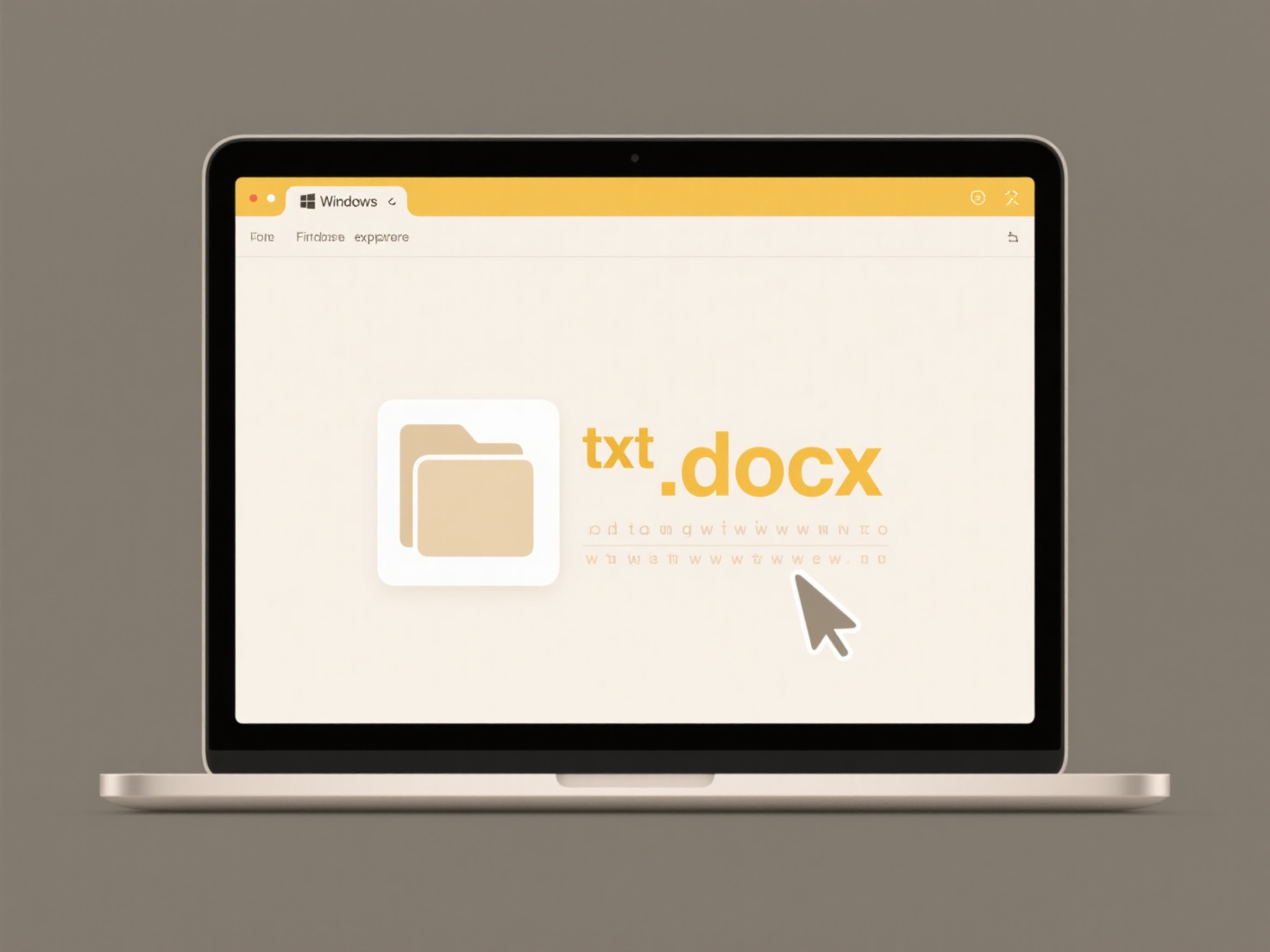
File name validation tools automatically check your proposed file names against specific rules before you upload them to a system. They ensure names conform to requirements like allowed characters (e.g., avoiding /, \, : or ?), length restrictions, mandatory prefixes or suffixes, and case sensitivity (like enforcing lowercase). This proactive check differs from encountering errors only after an upload fails, saving time and frustration.

These tools are commonly integrated directly into upload platforms or offered as standalone scripts/libraries. For instance, a healthcare records system might enforce strict naming conventions (e.g., PatientID_VisitDate_Type.pdf) during upload to meet compliance. Development environments like Git also validate filenames locally to prevent commits with incompatible names (like using spaces). Website content management systems often include built-in validation during media file uploads.
Using validation tools prevents upload failures and data inconsistencies, improving efficiency and data integrity. They are crucial where filenames trigger automated processes. However, their effectiveness depends on correctly configured rules, which require setup and maintenance. Their integration simplifies compliance and reduces user errors, fostering smoother data handling and encouraging consistent practices essential for reliable system operation.
Is there a tool to validate my file names before uploading?
File name validation tools automatically check your proposed file names against specific rules before you upload them to a system. They ensure names conform to requirements like allowed characters (e.g., avoiding /, \, : or ?), length restrictions, mandatory prefixes or suffixes, and case sensitivity (like enforcing lowercase). This proactive check differs from encountering errors only after an upload fails, saving time and frustration.

These tools are commonly integrated directly into upload platforms or offered as standalone scripts/libraries. For instance, a healthcare records system might enforce strict naming conventions (e.g., PatientID_VisitDate_Type.pdf) during upload to meet compliance. Development environments like Git also validate filenames locally to prevent commits with incompatible names (like using spaces). Website content management systems often include built-in validation during media file uploads.
Using validation tools prevents upload failures and data inconsistencies, improving efficiency and data integrity. They are crucial where filenames trigger automated processes. However, their effectiveness depends on correctly configured rules, which require setup and maintenance. Their integration simplifies compliance and reduces user errors, fostering smoother data handling and encouraging consistent practices essential for reliable system operation.
Quick Article Links
Which video format gives the best quality vs. size balance?
The best balance between video quality and file size is typically achieved with modern compression formats like HEVC (H....
Can I rename videos by duration or resolution?
Video renaming based on duration or resolution involves automatically changing the filename of a video file using its sp...
How often should I back up local files to the cloud?
Cloud backups involve copying files from your computer or devices to secure remote servers via the internet. How often y...